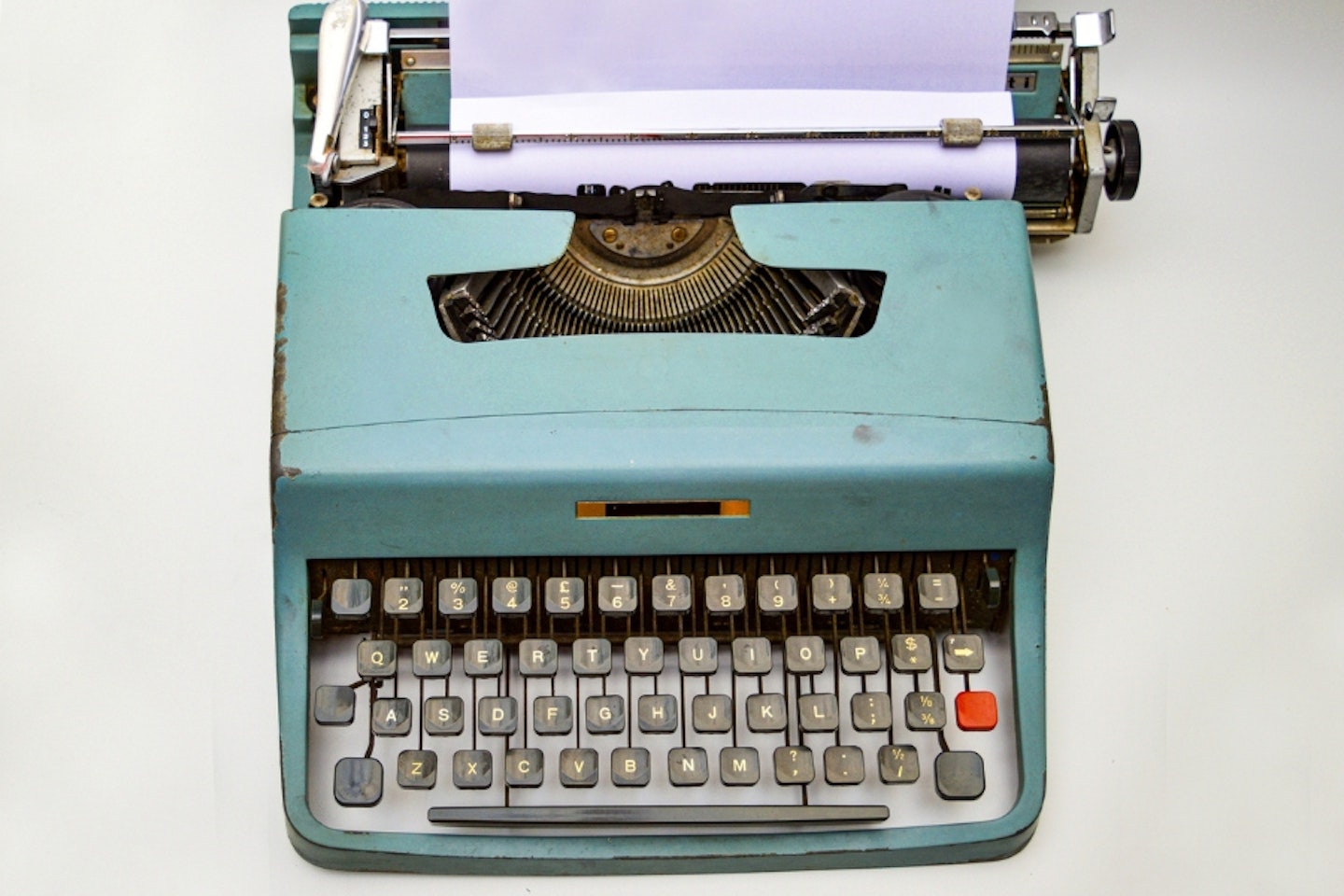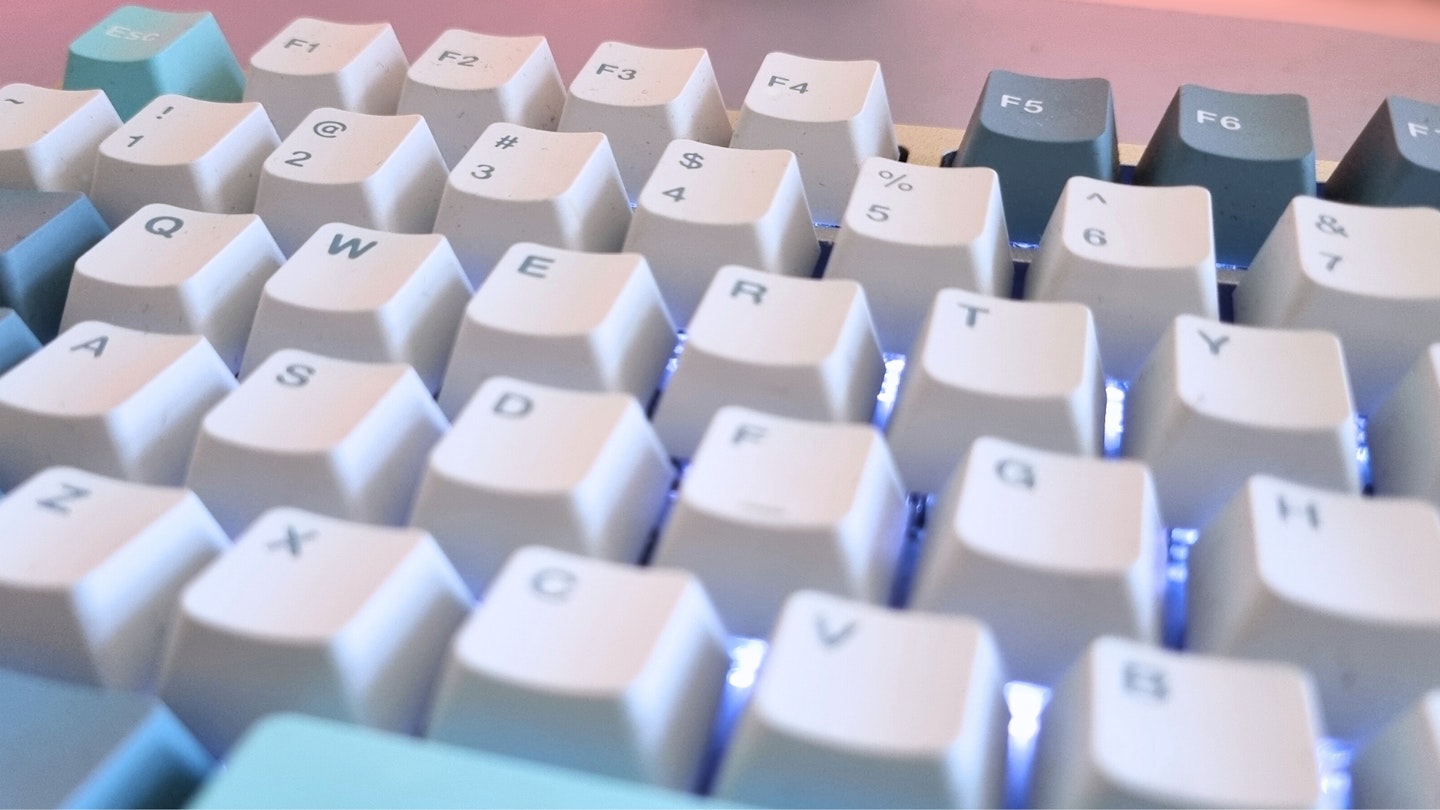In the world of typing, QWERTY keyboards are king. Every phone comes preset with it, and nearly all laptops on the market ship with it, and it’s only when you look at external keyboards to other layouts that it even becomes an option. If you’re looking at a gaming keyboard to give you a comfortable edge in your next match, a mechanical keyboard for a better typing experience, or maybe just a budget keyboard to upgrade your work-from-home setup, almost all of the keyboards out there use QWERTY. But what is it exactly?
A brief history
First introduced over a century ago, QWERTY simply refers to the layout of letters on a keyboard, or back then, a typewriter. Named for the six letters at the top left corner of the typing surface, the layout was cemented by Remington typewriters, and typewriters were what was in their mind when they designed it. The premise was that the QWERTY configuration kept the most common letters spaced out across the layout and would help prevent the metal arms that typed the letters from colliding and getting stuck when typing fast.

As time wore on and computers developed further, the layout was adopted by IBM for their Model M keyboard as many people were already familiar with the arrangement of the letters when typing, meaning there was a reduced learning curve when switching to the new technology. Even though stuck keys were no longer an issue, the layout has stuck around through each technological revolution, from manual to automatic typewriters, large boxy computers to handheld smartphones, one thing has stayed the same, though that doesn’t mean people aren’t keen to try something new.
Little evolutions
Over the years, subtle changes were made, for example, the ISO vs ANSI layouts between America and most of Europe where the main difference is the location of return keys and the size of the enter key.
However, entire alternative layouts have been designed in the years since, advancing on the initial design by focusing on the typing experience rather than the mechanical troubles of typewriters.
The Dvorak layout is one example of a true alternative. Named after its inventor, August Dvorak who patented it in 1936, it moves the most used letters to the “home row” – the middle row on the keyboard – meaning most of the letters needed to type are placed where the fingers naturally rest on a keyboard. The purpose of the layout is to make the typing experience as quick as possible, and though it wasn’t very popular in its day, most modern computers come equipped with Dvorak as a typing language, though the physical keyboard may still read as QWERTY.
There are even more upheavals in the original layout as mechanical keyboards have become more mainstream and seen further developments, minimalist and ergonomic keyboards have taken over. The Alice layout splits the keyboard down the middle, separating half the keys onto either side and rotating them slightly to give a more relaxed typing experience. Even big players like Keychron are offering alternative layouts like the Alice that can be used across PC and Mac keyboards.
There are a lot of options out there the longer you spend digging into it, but for the regular keyboard user, using what is familiar will be what’s best. All the best keyboards use the format, which speaks to its prevalence. QWERTY is still the most popular layout, it’s been around for over 120 years, and won’t be going anywhere anytime soon.
Olivia Sheed is a Tech Writer and Reviewer with What’s The Best. Here she writes reviews, how-to guides and articles across a range of topics, but primarily technology.
Her interests align with “anything nerdy.” An avid fan of TTRPGs, board games, miniature painting, and video games. Outside of that, she loves to discuss horror films, campy classics such as those from Hammer Film Productions in the 70s are her favourite for a comfy watch. An avid hiker, she visits the Lake District often, for both walking and wild swimming.
Subscribe to the What’s The Best Newsletter to keep up to date with more of the latest reviews and recommendations from the rest of the What’s The Best team.
